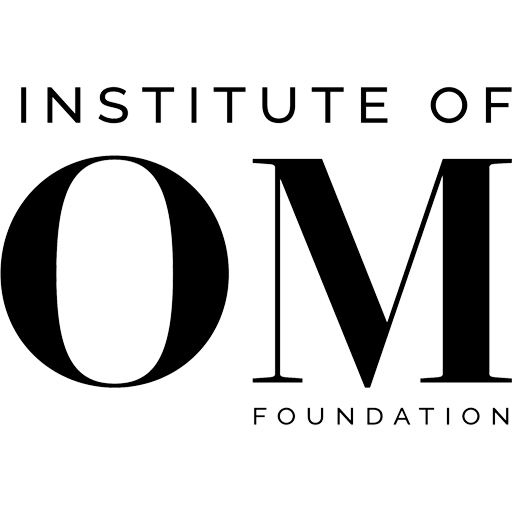This is the first study in the U.S. since Masters and Johnson to focus on partnered stimulation. The study, using a total of 260 participants, monitored their physical and mental responses before, during and after the practice. It is the first study of its kind to use EEG and to measure both participants. In November of 2016, the study was approved by the Institutional Review Board (IRB) at University of Pittsburgh, becoming the first partnered stimulation study granted IRB approval. The study was completed in December of 2017. The results are currently being analyzed. Two peer reviewed papers have been published from this study thus far.
Researchers found statistically significant results in patients post OM that included:
- Increase happiness
- Reduce anger
- Increase closeness to self and others
- Increase amusement
- Lower anxiety
- Improve positive affect and decreased negative affect*
- Increase arousal
- In a secondary analysis of results, participants who reported early childhood sexual trauma were comparably more aroused than people who did not, contrary to most scientific literature
*the emotions or feelings that we experience and display
Based on the research completed by Nicole Prause and colleagues, OM may :
- Increased closeness in both romantic and non-romantic pairs
- A higher level of post-OM closeness was seen in non-romantic partners
- Closeness may be a result of sharing in a positive experience
- Benefits, such as closeness, may be more sustainable if you practice OM more frequently
- Closeness can be improved after just one OM
Publications
- Childhood Trauma: Effects of adverse childhood experiences on partnered sexual arousal appear context dependent | Sexual and Relationship Therapy 6/2/2021:
- Connection: Partner intimate touch is associated with increased interpersonal closeness, especially in non-romantic partners | PLOS One 3/10/2021

